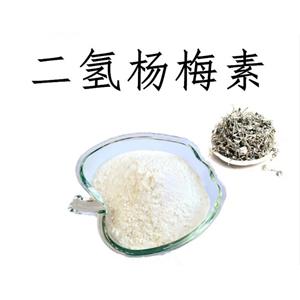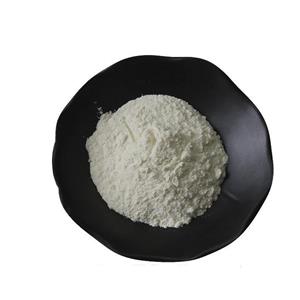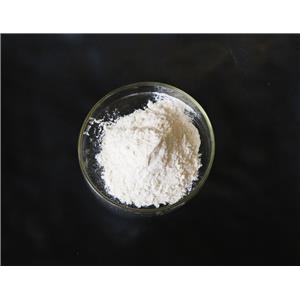Ampelopsin, also known as dihydromyricetin, is a flavanonol, a type of flavonoid. It is found in the Ampelopsis species japonica, megalophylla, and grossedentata; Cercidiphyllum japonicum; Hovenia dulcis; Rhododendron cinnabarinum; some Pinus species; and some Cedrus species, as well as in Salix sachalinensis.
Hovenia dulcis has been used in traditional Japanese, Chinese, and Korean medicines to treat fever, parasitic infection, as a laxative, and a treatment of liver diseases, and as a hangover treatment. Methods have been developed to extract ampelopsin from it at large scales, and laboratory research has been conducted with the compound to see if it might be useful as a drug in any of the conditions for which the parent plant has been traditionally used.
In a trial of sixty patients with fatty liver disease dihydromyricetin improved glucose and lipid metabolism and exerted anti-inflammatory effects which were beneficial.
Name | Dihydromyricetin | EINECS | 200-001-8 |
CAS No. | 27200-12-0 | Density | 1.808 g/cm3 |
PSA | 147.68000 | LogP | 0.89190 |
Solubility | N/A | Melting Point | 239-241 °C
|
Formula | C15H12O8 | Boiling Point | 780.7 °C at 760 mmHg |
Molecular Weight | 320.255 | Flash Point | 296.7 °C |
Density: 1.808g /cm3
Boiling point: 780.7ºC
Flash point: 296.7ºC
Refractive index: 1.798
Vapor pressure: 1.16E-25mmHg at 25°C




 China
China










